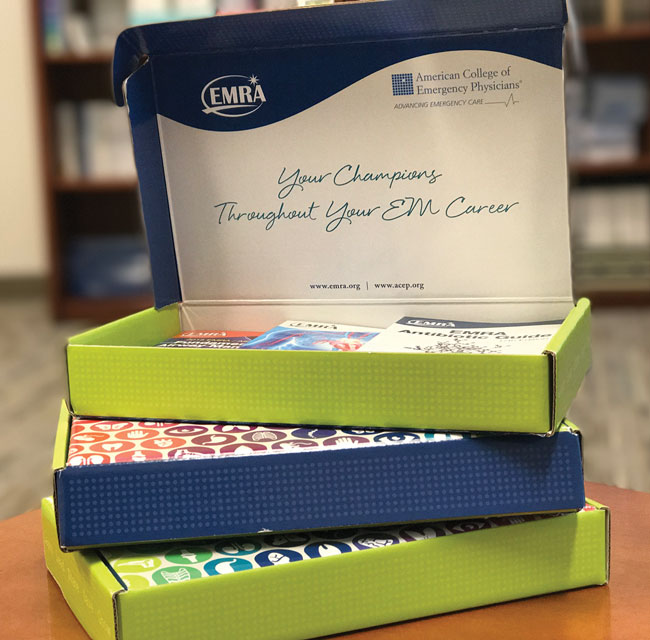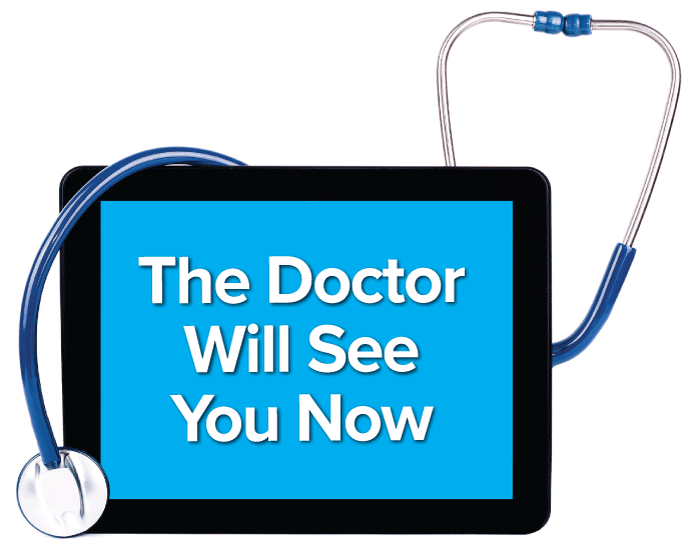Rural Emergency Medicine
Nicole Ovregaard, MSII, MPH - Oregon Health & Science University
EMRA MSC Pacific Regional Representative, 2021-2022
If you are reading this article, you likely already believe Emergency Medicine (EM) is the specialty for you and if you are really in the know you may also be aware of the impending excess of EM-trained physicians. See workforce progress article by ACEP and the original study about 2030 workforce projections for more information. When I first heard about this influx of EM physicians, I was not swayed from my career path but was slightly concerned about my ability to secure a job after residency. Research shows that 80% of new physicians begin their careers in urban and suburban areas, leaving rural areas underserved [1]. Additionally, it has been reported that 21% of the U.S. population lives in rural areas, while only 12% of emergency physicians practice there [1]. I am here to tell you that rural EM is a niche that EM-bound medical students, residents, and newly trained physicians should consider.
For that past month I have been on a family medicine rotation out in Enterprise, Oregon, a town just 5.5 hours east of Portland. The hospital and primary care clinic for the region is situated in a beautiful valley surrounded by snow-capped peaks and streams filled by glacial runoff that feed the luscious farms occupying the valley. The modest five room Emergency Department serves the surrounding 3,153 square miles and is considered a critical access hospital. Learn more about critical access hospitals here. The closest hospital is a 1.45 hour drive through mountainous roads. Due to the remote location of this hospital patients are often transported via fixed-wing aircraft or helicopter to Portland or other large cities in the surrounding states.
The ED is staffed mainly by the family medicine physicians that work in the adjacent clinic. These family physicians have embraced the concept of full scope practice. In talking with many of the providers in Enterprise, they enjoy their ability to work in the clinic, ED, and hospital ward. The hospital does not currently employ any EM-trained physicians, though in the past they have had locums come and go. The bustling primary care clinic demands a lot of time and attention from these physicians. It seemed to me that having a few EM physicians staff the ED here would allow them to see more of their panel and lighten the burden of having to fit in 24-hour ED call shifts between their clinic days. With the uptick in COVID19 cases, the clinic was not only seeing scheduled patients but also running a curbside COVID19 testing operation. I couldn’t help but think that calling in some provider reinforcements would be helpful now and in the future.
You might be thinking, a sleepy five bed ED doesn’t sound all that exciting. After years of training, why would you move to a remote location? From my short exposure in Enterprise, I can say that you can stay busy running a small ED. If you are like me and desire to work in a place where you get to do most of your own procedures, then rural is the place for you. Your team? It’s just you, the physician, and one nurse running the show. It might be the most unopposed setting you can find. You will likely find yourself doing more procedures at the bedside, such as a bedside US to rule out DVT because the radiology technician who is on call past 5pm only comes in for more emergent cases. When you aren’t working you get to enjoy the beautiful outdoors that surround many rural communities. Whether it be a quick trip to the river for some fishing, some backcountry skiing, or a short camping trip, your access to some of the most beautiful terrain could be right outside your doorstep. Work-life balance doesn’t get much better than that!
Hopefully I have sparked some interest in rural EM. Now you may be wondering, what can you do to explore rural EM during medical school? Start by connecting with your EM faculty and see if you can coordinate an EM rotation in a rural community or do an FM rotation that includes working in a rural ED. If you are in an orphan program, consider reaching out to a medical school that has an EM residency and see what rotation options are available.
Consider looking at residencies that focus on rural EM training or programs that are relatively unopposed. Unopposed programs, meaning few or no other residency programs besides EM rotate in your ED, allow you to gain a lot of hands-on procedural experience, so you will be ready to work in a setting without many specialists.
Other perks of working in a rural environment? Loan forgiveness! Through the Indian Health Service and Public Service Loan Forgiveness Program, you can get some or all of your loans forgiven over time.
Want to read more? Check out this article from a past MSC newsletter that discusses funding of rural hospitals.
References:
- Physician shortage. Physician Shortage EMRA. (n.d.). Retrieved September 17, 2021, from https://www.emra.org/books/advocacy-handbook/physician-shortage/
Related Content

Aug 25, 2017
Your Home
The Emergency Medicine Residents' Association EMRA is the voice of emergency medicine physicians-in-training and the future of our specialty and the largest and oldest independent resident organization in the world. EMRA was founded in 1974 and today has a membership over 18,000 residents, medical students, and alumni.






